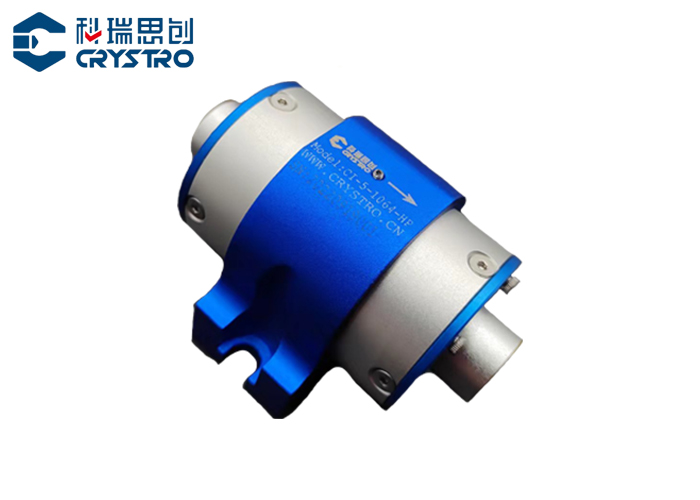In the realm of technology, two fundamental categories reign supreme: optical devices and electronic devices. While both play crucial roles in our daily lives, they operate on distinct principles and serve different purposes. Let's delve into the nuances that set these two types of devices apart.

Understanding Optical Devices
Optical devices leverage light to transmit and manipulate information. These devices primarily use photons to carry data, contrasting with electronic devices that rely on electrons for the same purpose. Some common examples of optical devices include optical fibers, lenses, cameras, and lasers.
Speed and Bandwidth: One of the key advantages of optical devices lies in their speed and bandwidth. Light travels significantly faster than electrons, enabling optical devices to transmit data at incredibly high speeds. This property makes optical devices ideal for applications where rapid data transfer is essential, such as in telecommunications and networking.
Data Security: Optical devices offer enhanced data security compared to electronic devices. Since light does not radiate electromagnetic signals as electrons do, it is harder to intercept optical transmissions, making optical communication more secure for sensitive data transfer.
Long-Distance Communication: Optical devices are well-suited for long-distance communication. Optical fibers can carry signals over vast distances with minimal signal loss, making them indispensable for applications like undersea cables and long-haul telecommunications networks.
Immunity to Electromagnetic Interference: Unlike electronic devices, optical devices are immune to electromagnetic interference. This immunity allows optical systems to function reliably in environments where electronic devices might experience disruptions or malfunctions.
Exploring Electronic Devices
On the other hand, electronic devices manipulate and control electrical currents to process and transmit information. From smartphones and computers to household appliances, electronic devices form the backbone of modern technology.
Flexibility and Versatility: Electronic devices offer a high degree of flexibility and versatility in terms of functionality. By manipulating electrical signals, these devices can perform a wide array of tasks, from computation and communication to sensor data processing.
Power Consumption: While electronic devices excel in flexibility, they often come with higher power consumption compared to optical devices. This difference is a crucial consideration in applications where energy efficiency is paramount, such as in portable devices or IoT sensors.
Compactness: Electronic devices can be designed to be extremely compact, allowing for miniaturization and integration into various form factors. This trait makes electronic devices suitable for applications where space constraints are a significant factor.
Cost-Effectiveness: In many cases, electronic devices offer a more cost-effective solution compared to optical devices, especially for consumer electronics and everyday gadgets. This affordability has contributed to the widespread adoption of electronic devices in a multitude of applications.

Bridging the Gap: Opto-Electronics
In recent years, the boundaries between optical and electronic devices have blurred with the emergence of opto-electronics. Opto-electronic devices combine the strengths of both optical and electronic technologies, opening up new possibilities in fields like photonics, quantum computing, and high-speed communications.
As technology continues to evolve, the distinctions between optical and electronic devices will continue to fade, giving rise to innovative solutions that harness the best of both worlds. Whether it's the speed of light or the flexibility of electrons, each type of device brings unique capabilities to the table, shaping the landscape of modern technology.
In conclusion, while optical devices excel in speed, security, and long-distance communication, electronic devices offer flexibility, compactness, and affordability. By understanding the differences between these two types of devices, we can better appreciate the diverse ways in which technology impacts our lives and drives progress in the digital age.

